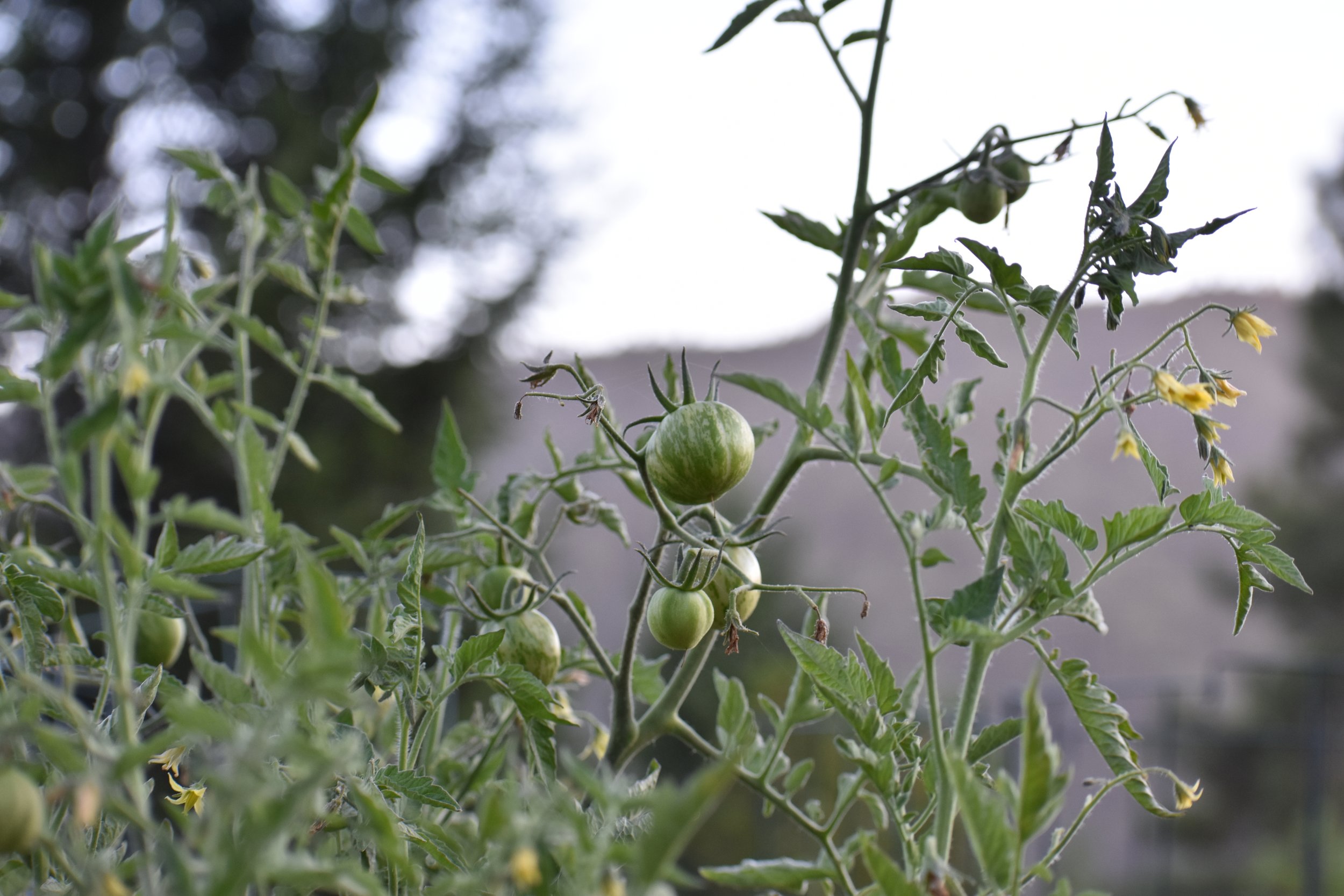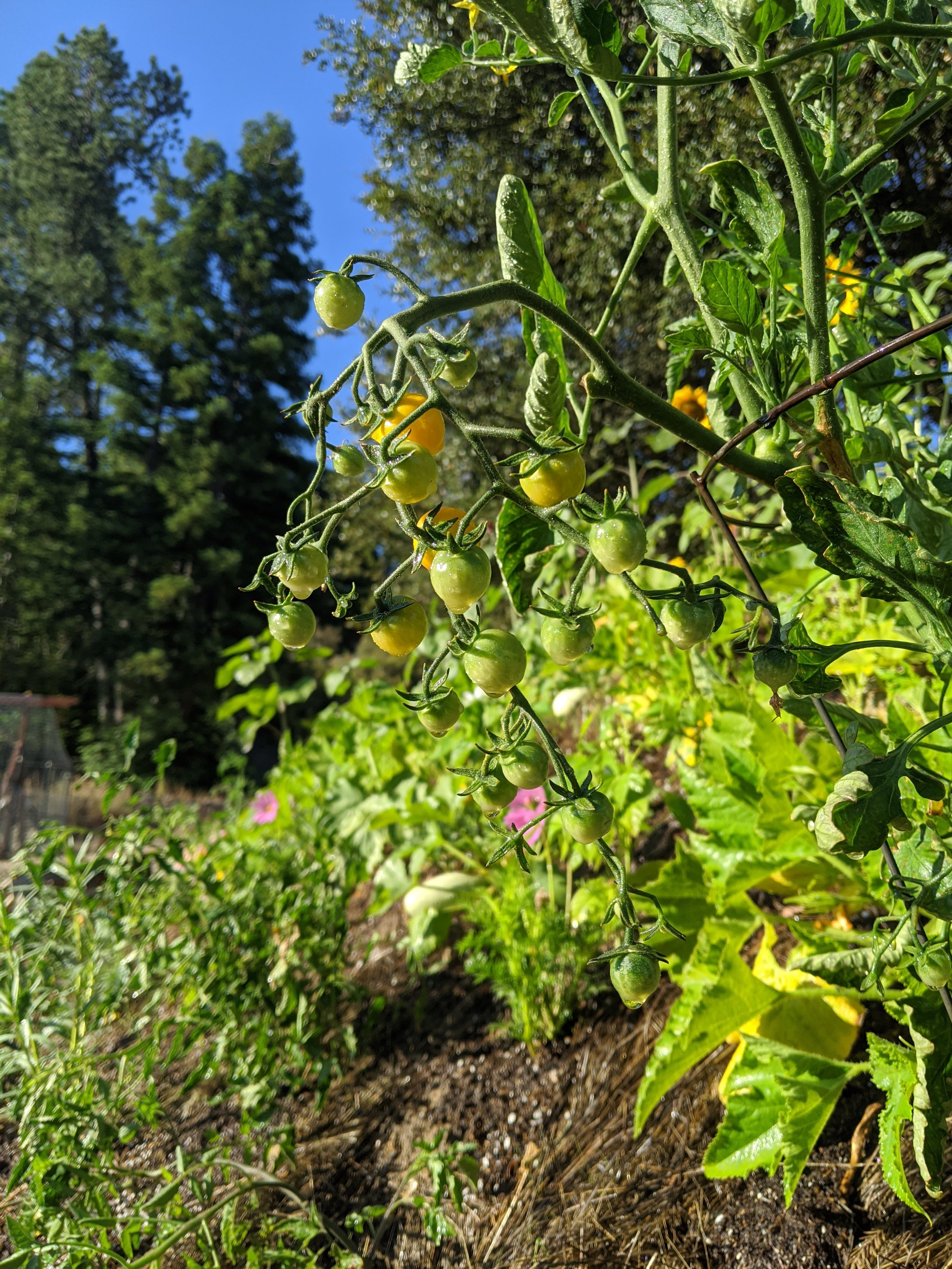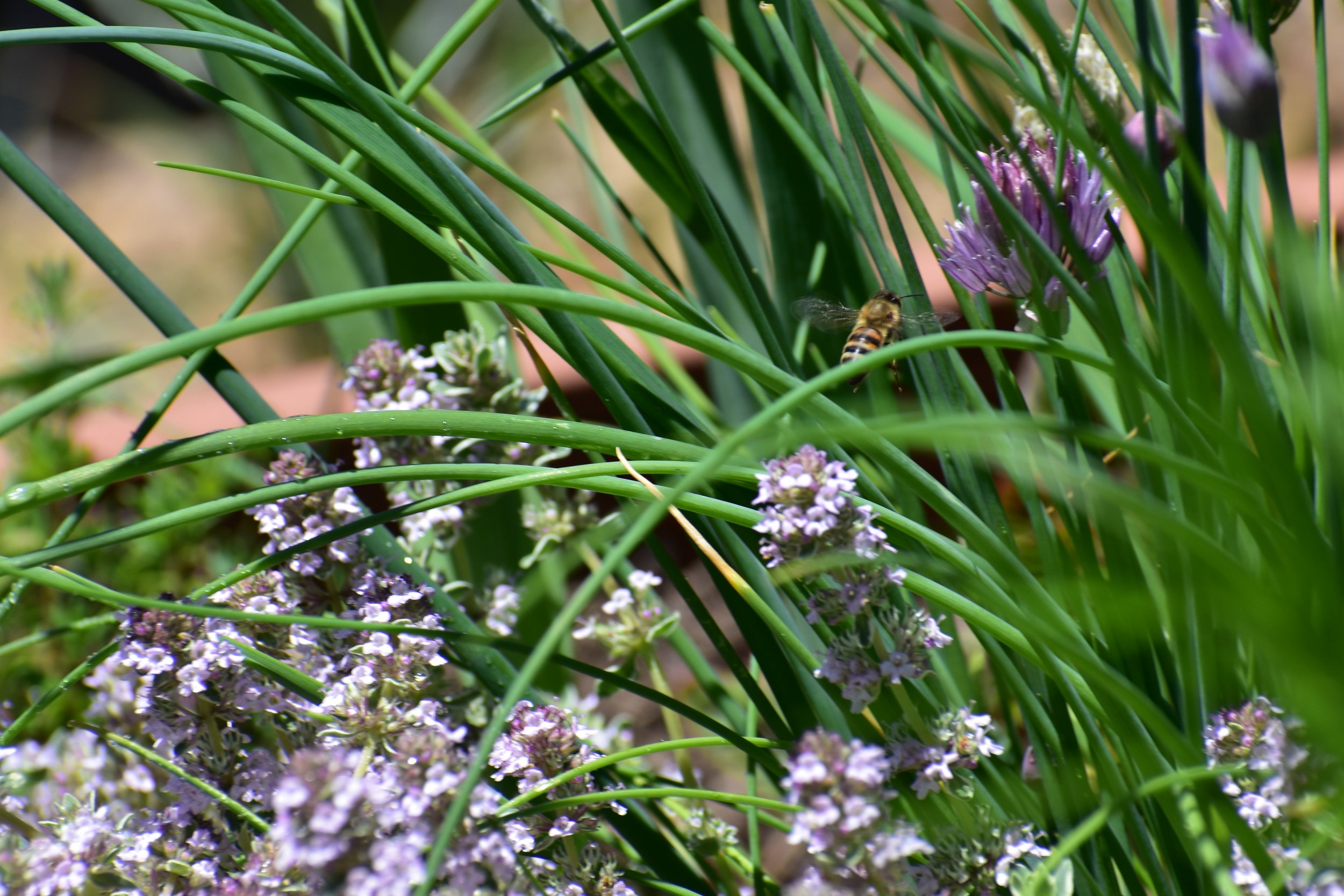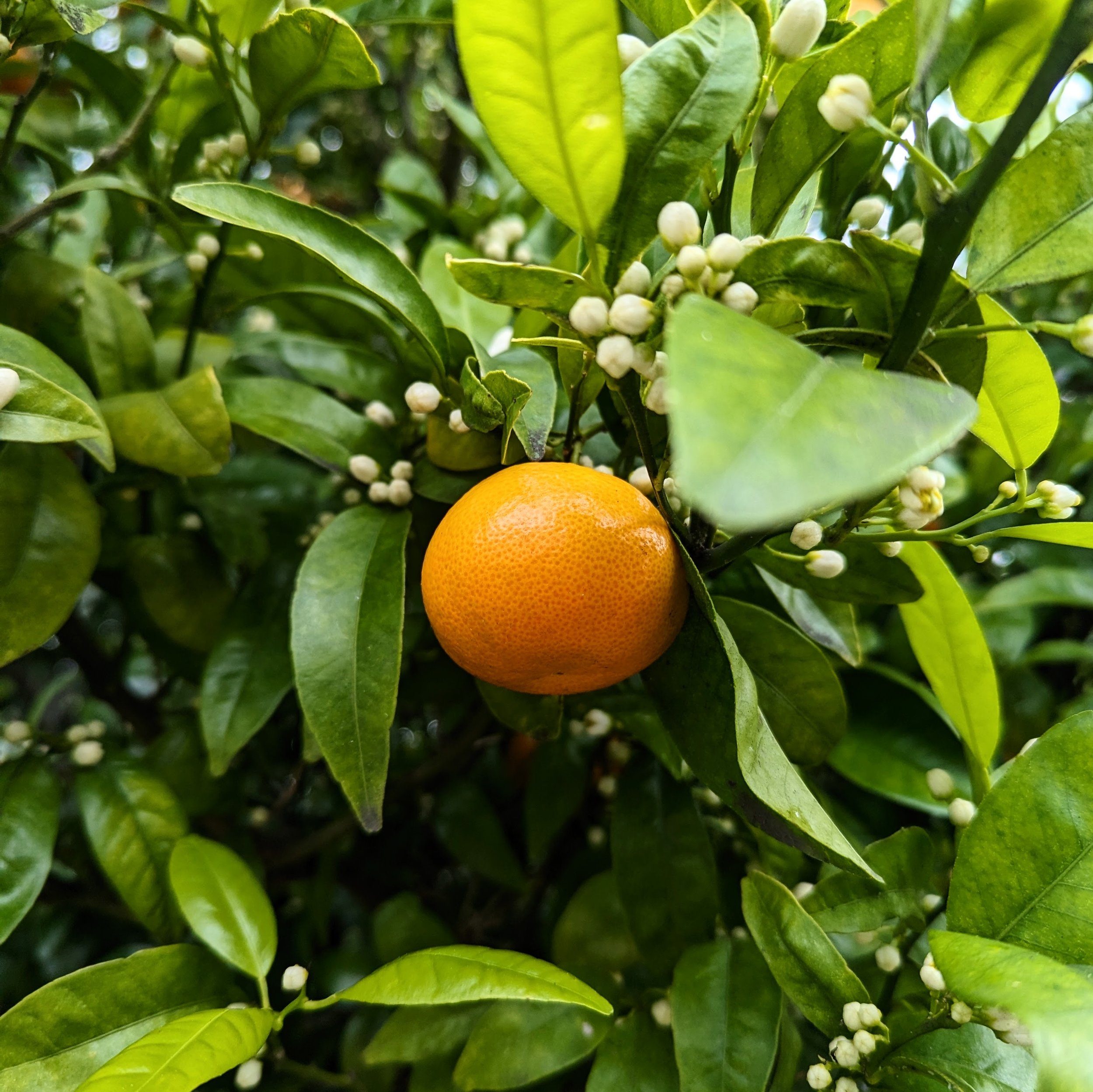Transforming Your Backyard into a Bountiful Eden: The Basics of Edible Landscape Design
Introduction to Edible Landscaping
Edible landscaping offers a fusion of beauty and utility, transforming your Santa Cruz County garden into not just a visual delight but a culinary treasure trove. It’s about smartly utilizing your space to grow vegetables, fruits, and herbs that can later be enjoyed on your plate. Imagine replacing ornamental shrubs with blueberry bushes or decorative flower beds with vibrant patches of lettuce. Edible landscaping is about embracing creativity and balance, while also contributing positively to the environment by reducing grocery trips, packaging waste, and carbon emissions.
The Benefits of Creating an Edible Garden
Cultivating an edible garden extends benefits beyond just the freshness and nutrition of home-grown produce. You gain full control over what enters your food from soil to table, ensuring your meals are free from unwanted chemicals. Imagine the convenience and delight of plucking ripe tomatoes and crisp greens just steps away from your kitchen. Financially, seeds and seedlings are cost-effective investments compared to store-bought produce, offering significant savings over time. Moreover, your garden becomes a sanctuary for local wildlife, providing a haven for beneficial pollinators like bees and butterflies. The act of gardening itself can be a therapeutic escape, offering a rewarding respite from the digital world.
Planning Your Edible Landscape in Santa Cruz County
When planning your edible garden, consider the specific microclimates of Santa Cruz County. Use the USDA Plant Hardiness Zone Map as a guide to select plants suited to our climate. Sketch out your garden, noting areas that get full sun, partial shade, and full shade to optimize plant placement. Incorporate a mix of perennials and annuals to maintain year-round productivity and interest. Test and amend your soil with organic matter to ensure it is fertile and well-draining—ideal conditions for edible plants. Start with easy-to-grow plants like herbs and leafy greens to build your confidence.
Choosing the Right Plants for Your Garden
Select plants that will thrive in our local climate. For a Santa Cruz garden, consider drought-resistant and native plants that require less water and maintenance. Staples like tomatoes, peppers, and strawberries are excellent for beginners. Incorporate perennials like artichokes, berries, and citrus trees for long-term yields. Experiment with exotic varieties that can also thrive in our climate, adding diversity to your garden and your plate.
Our Top Picks for Edible Landscaping Plants in Santa Cruz County
Creating an edible landscape in Santa Cruz County offers a unique opportunity to blend aesthetic appeal with functionality. Here are some of our favorite plants to use in edible landscaping, chosen for their adaptability to our climate, ease of care, and culinary value:
Artichokes (Cynara scolymus)
Why We Like Them: Artichokes are not only a perennial favorite for their striking silvery-green foliage and sculptural quality, but they also produce a delicious harvest. They thrive in Santa Cruz's mild, coastal climate and can serve as a beautiful backdrop or centerpiece in any garden.
Blueberries (Vaccinium spp.)
Why We Like Them: Blueberries are both ornamental and functional. They require acidic soil, which can be managed with proper amendments, and offer delightful white or pink flowers in spring followed by nutritious berries. Their vibrant fall foliage adds seasonal interest to your garden.
Chard (Beta vulgaris subsp. vulgaris)
Why We Like Them: Chard is a versatile and colorful leafy green that grows well in both full sun and partial shade. Its leaves and stalks come in a variety of colors, adding a visual pop to your garden, and it can be harvested continually throughout the season.
Figs (Ficus carica)
Why We Like Them: Fig trees are well-suited to Santa Cruz's dry summer climate. They offer an exotic aesthetic with their large, lobed leaves and produce sweet fruits that are delicious fresh or dried. Figs can be grown in the ground or in large containers, making them versatile for different garden sizes.
Herbs (Various)
Why We Like Them: Herbs such as rosemary, thyme, and lavender are drought-tolerant, thrive in our local climate, and require minimal care. They provide wonderful aromas, useful culinary ingredients, and attract pollinators with their flowers.
Strawberries (Fragaria × ananassa)
Why We Like Them: Strawberries make excellent ground covers or border plants, offering lush greenery and bright red fruits. They are easy to grow and provide a quick reward, appealing to gardeners of all ages.
Tomatoes (Solanum lycopersicum)
Why We Like Them: No edible garden in California would be complete without tomatoes. They thrive in the full sun of Santa Cruz summers and come in many varieties, from small cherry tomatoes to large heirlooms, each offering different flavors and uses.
Citrus Trees (Citrus spp.)
Why We Like Them: Citrus trees like lemons, oranges, and limes are ideal for Santa Cruz’s climate and can be grown in the ground or in pots. They provide year-round interest with their evergreen foliage, fragrant blossoms, and colorful fruits.
Incorporating these plants into your edible landscape design not only enhances the beauty and functionality of your garden but also ensures a diverse, sustainable yield that reflects the unique climate and culinary culture of Santa Cruz County.
Implementing and Maintaining Your Edible Landscape
Begin by preparing the soil with compost and other organic materials to create a rich, fertile base. Choose a mix of seeds, young plants, and fruit trees from local nurseries to diversify your garden's growth stages. Employ sustainable practices like drip irrigation to conserve water and mulching to suppress weeds and retain soil moisture. Regularly monitor your garden for pests and diseases, opting for organic control methods to keep your garden healthy and productive.
Reap the Rewards of Your Edible Garden
By integrating edible plants into your landscape design, you not only enhance the beauty of your property but also enjoy the practical benefits of growing your own food. In Santa Cruz County, where sustainability and organic living are cherished, creating an edible landscape aligns perfectly with local values. Whether you're a seasoned gardener or a green-thumbed newbie, the journey towards a more sustainable, self-sufficient backyard starts with a single seed.

